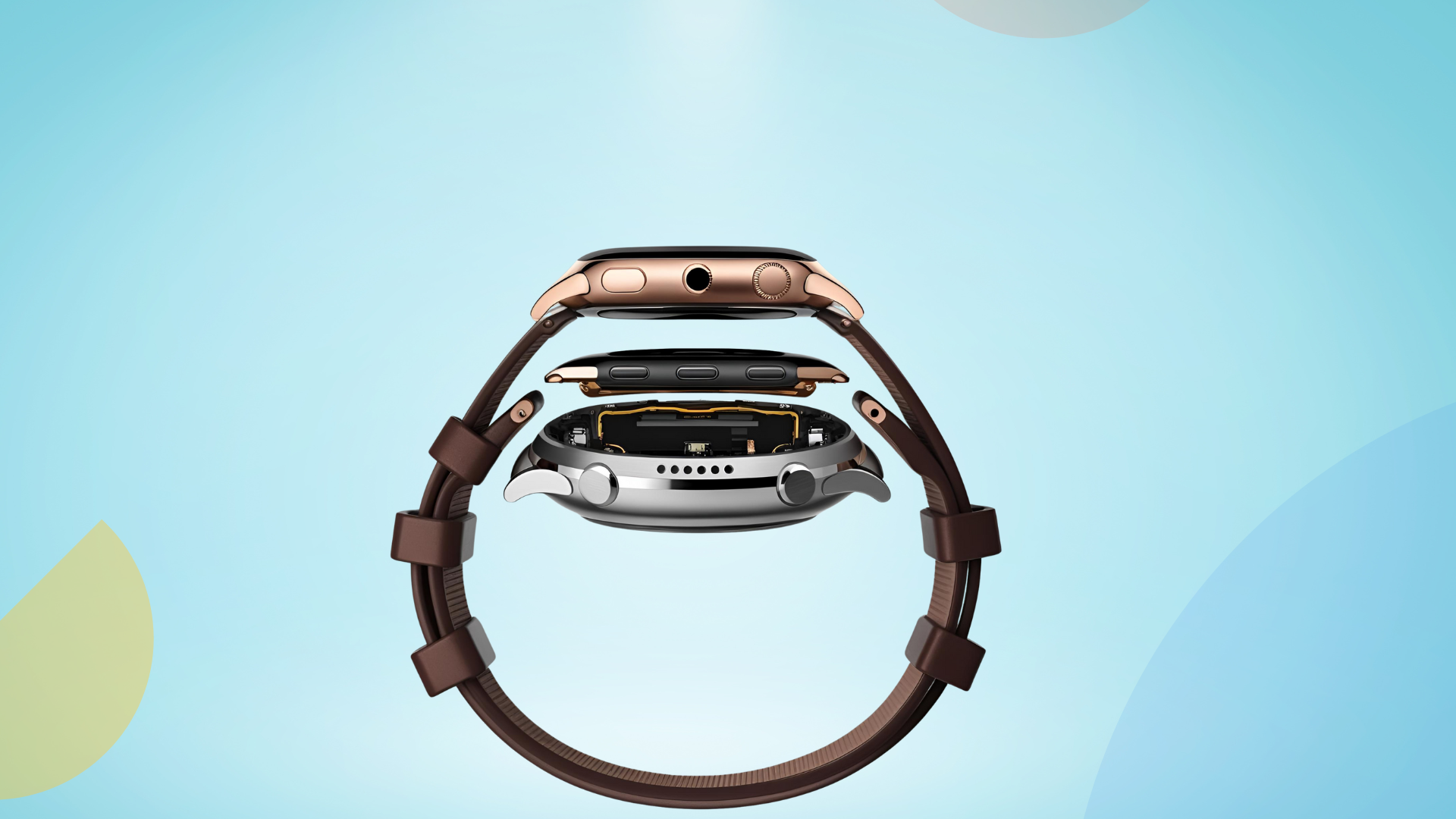Patents focused on wearable technology have long been central to litigations targeting large companies, offering a significant return on investment (ROI). This trend can be traced back to 2014, when Adidas sued Under Armour for infringing fitness training and tracking device patents.
This trend has continued in recent years, with high-profile cases such as the Apple vs. Masimo lawsuit. Starting in 2020, Masimo targeted Apple with patents covering technology for measuring blood oxygen levels, which ultimately led to the banning of certain Apple Watch models in the U.S. in 2023. Apple responded by countersuing Masimo over utility and design patents for various smartwatch features.
Tau, a partner at a top-tier patent litigation law firm, sought GreyB’s expertise in preparing patent litigation related to wearable technology to keep up with the trend.
Tau already had claim charts with him, but he wanted our final review to fill in any gaps. He also wanted us to make them litigation-ready so that he could file the litigation with confidence. As we move forward, we will outline the critical role that product teardown played in this process.
Read More RE Case Studies

Patent Overview
The patents in question focus on PPG (Photoplethysmogram) technology used in wearable devices such as smartwatches. These devices use PPG technology to measure vital physiological parameters like heart rate and blood oxygen levels.
A portion of the patent claim for US10XXXXXXB2 reads as follows:
[Claim 1 of US10XXXXXXB2]
A wearable device comprising…
…a sensor, wherein the sensor is equipped with a lens;…
The central aspect of this patent claim is the lens over the LEDs of the PPG sensor. Typically, smartwatch PPG sensors function by emitting light through LEDs onto the skin and underlying tissues. The skin reflects the light, which detectors, such as photodiodes, capture to generate signals that measure physiological parameters.
To enhance the focus of the light, lenses, often a Fresnel lens, are placed over the PPG sensor to help concentrate the light beams onto the skin, improving the measurement quality.
The Role of PPG Technology in Wearables
With the growing trend of health-conscious consumers, wearable devices, particularly smartwatches, are increasingly equipped with features that measure vital signs such as heart rate and blood oxygen levels. Even smart earbuds now track some of these metrics, offering various health-monitoring options.
One significant challenge these devices face is ensuring accurate readings across all skin tones. Light reflects less on darker skin tones, which leads to inaccurate readings. The patent in question addresses this by enhancing the signal-to-noise ratio (SNR) of PPG signals, resulting in more accurate measurements for users with dark skin tones.
Lack of Lens Evidence to Support Smartwatch Patent Infringement
While the charts shared by the client contained substantial technical details, they had some critical gaps. The evidence for the lens element—a vital component to demonstrate patent infringement—was missing. Without explicit evidence for this feature, the claim charts lacked the necessary support to substantiate the infringement argument.
Confirming the presence of a lens over the PPG sensor was essential. This level of detail is typically not discussed in online published literature, making a product teardown necessary for gathering the precise evidence required.
We consulted with Tau and explained that, to make the claim charts litigation-ready, we would need to execute a product teardown to gather and document the explicit evidence of the lens element.
Maximizing Accuracy in Claim Chart with Reverse Engineering
To assist in preparing the litigation-ready claim chart, we conducted a detailed product teardown of the smartwatch to identify its internal components and extract the necessary evidence. Below is the process we followed:
- Removing the Back Cover
We first needed to remove the smartwatch’s back cover to access the sensor. This step was delicate because the back cover was glued to the device’s body and connected to the main board by a sensor module cable. If not handled carefully, the sensor module and the connector cable could be damaged.
To safely remove the cover, we applied heat with a heat gun to soften the adhesive and gently pried open the cover using opening picks.

Source: Product Testing
2. Detaching the Connector Cable
After removing the cover, we used forceps to carefully detach the connector cable, which separated the back cover, containing the sensor module, from the main body of the smartwatch.

Source: Product Testing
We revealed the board housing the sensor and LEDs with additional heat and careful prying. At this point, we could remove the sensor from the board.
Here’s what the sensor looked like after removal:
Front view of the sensor | Rear view of the sensor |
Source: Product Testing [Zoomed-In Image: Sensor Module of the Smartwatch]
Using its documentation, we successfully identified the sensor and mapped the claim limitations, such as “increasing the SNR of the output signals by increasing the light intensity.”
3. Identifying the Lens
The next challenge was to locate the lens. Smartwatches using PPG technology often feature Fresnel lenses, characterized by concentric rings.
Exemplary Fresnel Lens
After inspecting the sensor, we identified tear-drop-shaped lenses or encapsulants placed over the LEDs. These lenses were clearly visible in the teardown.
Source: Product Testing [Zoomed-In Image: Tear-drop like Lenses over the LEDs]
With this newfound evidence, we updated the claim charts, ensuring they now included explicit details essential to supporting the infringement case. By documenting the presence of the lens, we provided critical evidence that helped Tau build a stronger and more persuasive litigation case against the opposing party.
| [Claim 1 of US10XXXXXXB2] | Updated Overlapping Information Using Relevant Snapshot from Reverse Engineering |
| A wearable device, | |
| equipped with a sensor, | |
| equipped with lenses. |
Conclusion
Patent cases are often won or lost based on subtle details that might be overlooked in initial claim chart preparation. While it’s common practice to cross-check claim elements, many critical aspects are often missed. This includes hidden technical features, jurisdictional requirements, or the functional equivalence of patent claims
Eliminate these risks by conducting a final reverse engineering check, ensuring the claim chart is comprehensive and litigation-ready. This not only strengthens your position in court but also protects against the less obvious yet pressing challenges that could tip the scales in favor of the competition.
Talk to our research experts by filling out the form below.
Fix any potential gaps in your claim charts
Contact our Experts






